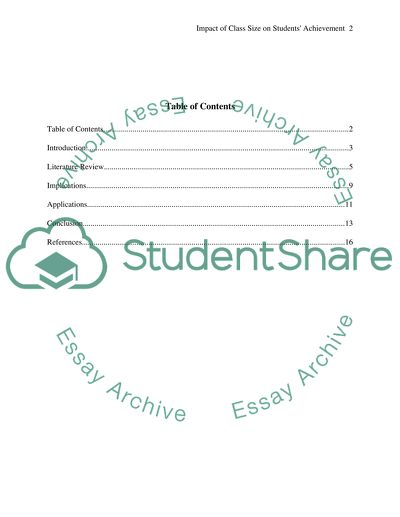Cite this document
(“Impact of Class Size on Students' Achievement Thesis”, n.d.)
Retrieved de https://studentshare.org/education/1390336-impact-of-class-size-on-students-achievement
Retrieved de https://studentshare.org/education/1390336-impact-of-class-size-on-students-achievement
(Impact of Class Size on Students' Achievement Thesis)
https://studentshare.org/education/1390336-impact-of-class-size-on-students-achievement.
https://studentshare.org/education/1390336-impact-of-class-size-on-students-achievement.
“Impact of Class Size on Students' Achievement Thesis”, n.d. https://studentshare.org/education/1390336-impact-of-class-size-on-students-achievement.


